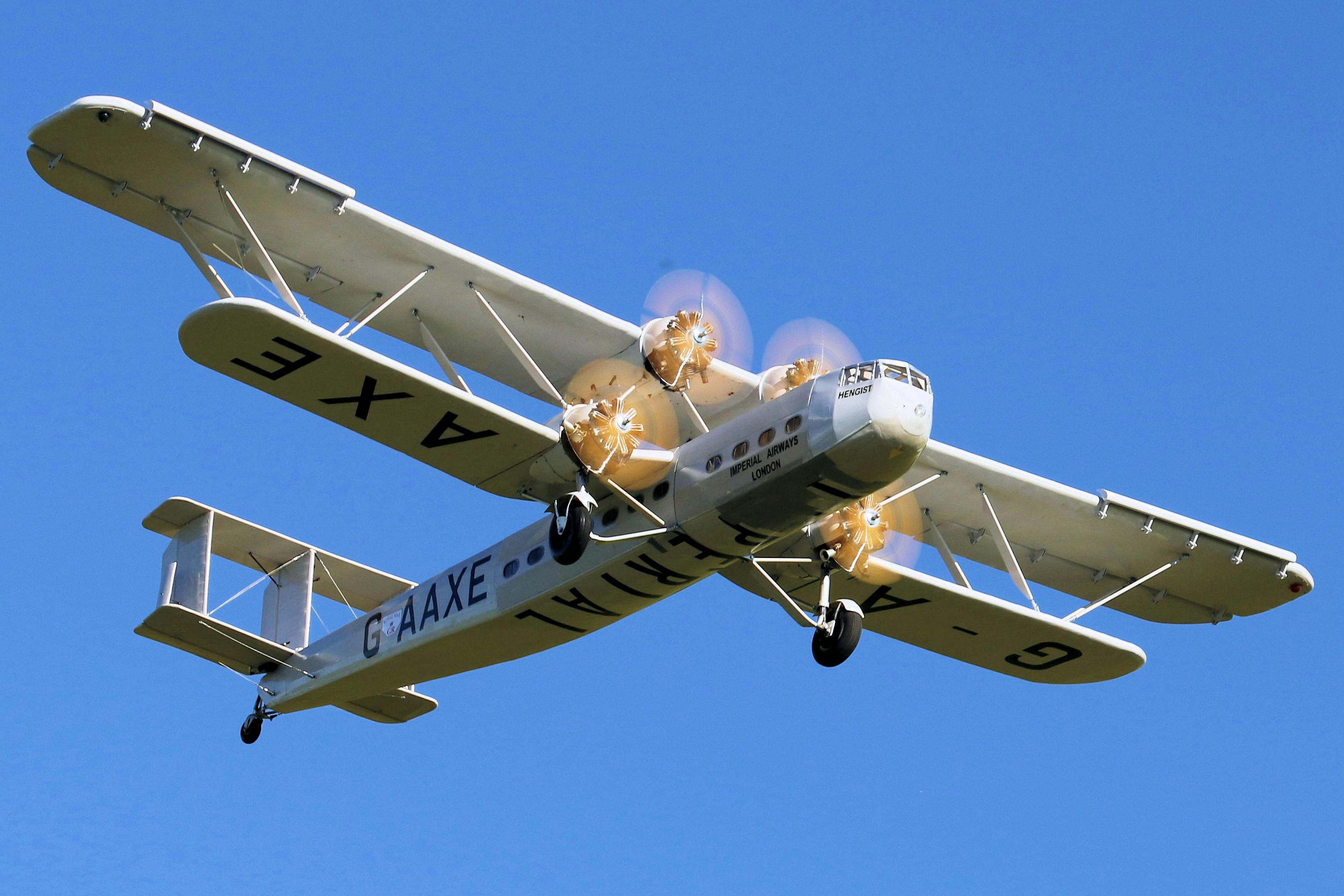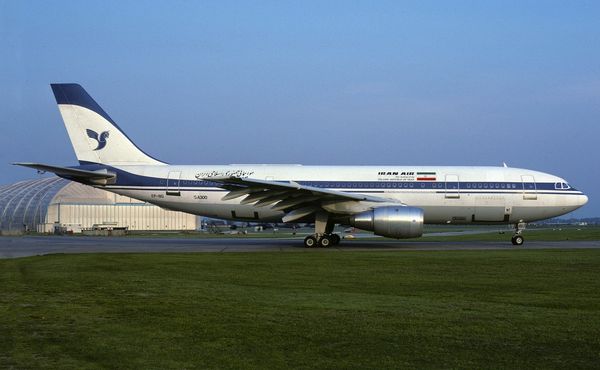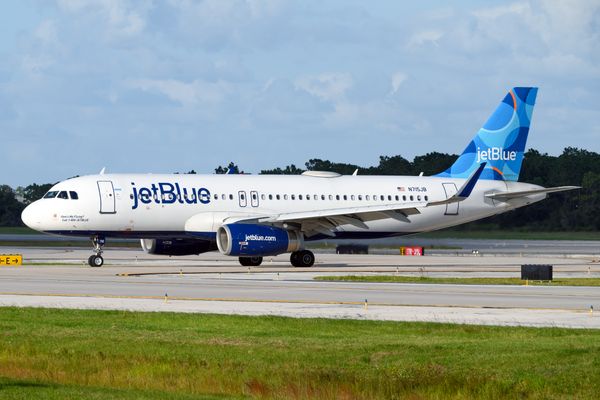Aviation is more than planes and airports. It’s a story of human imagination pushing the limits of what seemed possible. Students fascinated by science, technology, or adventure can find endless inspiration in the journey from wooden gliders to supersonic jets and spacecraft. In today’s world of research, innovation, and education, students often explore such transformative topics through academic projects or when they hire someone for paper writing to help articulate complex ideas clearly. These explorations also inspire new generations to keep pushing boundaries.

Wright Brothers and Early Aviation
The modern era of flight began in 1903 when Orville and Wilbur Wright made their historic powered flight at Kitty Hawk, North Carolina. Their aircraft, the Wright Flyer, stayed aloft for 12 seconds and traveled 120 feet, but the significance was enormous. It marked the transition from theoretical aerodynamics to real, controlled flight.
Early aviation pioneers faced public skepticism and financial constraints. The Wrights spent years perfecting their control systems, particularly the innovative wing-warping technique that allowed pilots to maneuver. These developments became the foundation for future aircraft design.
By 1908, demonstrations in France attracted major attention from military and commercial entities. Aviation shifted from being a daring experiment to a potential mode of transport and strategic tool.
Key Innovations of the Early 20th Century
- Fixed-wing control systems that improved stability
- Lightweight engines designed specifically for flight
- First air shows and competitions, sparking global interest
World War I: Aviation’s First Major Test
The First World War (1914–1918) transformed aviation from a niche pursuit into a critical military technology. At the war’s start, planes were mostly used for reconnaissance, providing valuable information about enemy troop movements.
As the war progressed, aircraft evolved rapidly. Engineers added machine guns, bomb racks, and better engines, leading to the emergence of specialized fighters and bombers. This period also saw the rise of famous flying aces like Manfred von Richthofen (the “Red Baron”), whose exploits captured the public imagination.
Impact on Technology and Society
The war accelerated development in engine performance, materials, and aerodynamic understanding. Postwar, many trained pilots and surplus aircraft contributed to the booming aviation scene of the 1920s, including air mail services and barnstorming shows that brought flight to rural communities.
The Golden Age of Aviation: 1920s–1930s
The interwar period was marked by spectacular records, bold experiments, and growing commercial aviation. Charles Lindbergh’s solo transatlantic flight in 1927 from New York to Paris symbolized the era’s spirit of adventure. It proved that aviation could connect continents, inspiring airlines to develop international routes.
Airports began appearing in major cities, and advancements in navigation and radio communication made longer flights safer. Amelia Earhart broke gender barriers, becoming the first woman to fly solo across the Atlantic in 1932. Her achievements highlighted aviation as a field open to diverse pioneers.
Key Developments
- All-metal aircraft like the Boeing 247 and Douglas DC-3 improved durability and range
- Airline industry growth with regular passenger services
- Instrument flying techniques enabling flight in poor weather
World War II: Jet Age Foundations
World War II (1939–1945) brought unprecedented technological leaps. Aircraft became faster, larger, and more powerful, with designs like the Spitfire, Mustang, and B-29 demonstrating engineering brilliance.
Radar systems revolutionized navigation and defense. The war also saw the first operational jet aircraft, such as the German Messerschmitt Me 262, foreshadowing the postwar Jet Age. Massive investments in production and research laid the groundwork for commercial jetliners and modern aerospace industries.
Strategic Importance
Aviation shaped military tactics and geopolitical outcomes. Air superiority became decisive in major battles, proving that flight technology could influence global power balances. Postwar, many technologies transitioned into civilian use, transforming global travel.
The Jet Age: 1950s–1960s
The introduction of commercial jetliners like the de Havilland Comet and later the Boeing 707 marked a revolution. Air travel became faster, more comfortable, and accessible to a growing middle class.
The Cold War fueled competition between the United States and the Soviet Union, spurring innovations in both military and civilian aviation. Supersonic flight became a reality with aircraft like the Bell X-1, which broke the sound barrier in 1947, and later the Concorde in the 1970s.
Global Impact
- Shortened travel times dramatically changed business and tourism
- International routes expanded, linking cities across continents
- Safety standards improved as airlines competed for reliability
Space Age and Aviation’s New Frontier
The launch of Sputnik in 1957 and Yuri Gagarin’s orbital flight in 1961 marked the dawn of the Space Age. Aviation and space exploration became intertwined, as rocket technology evolved from wartime research.
NASA’s Apollo program captured the world’s attention, culminating in the 1969 Moon landing. Meanwhile, aviation continued to advance with more efficient jet engines, composite materials, and computer-assisted navigation systems.
Education and Inspiration
This era inspired a surge in STEM education and international cooperation. Students studied aeronautics and engineering with renewed enthusiasm, contributing to decades of progress in both aviation and space technology.
Why Students Should Know This History
Understanding aviation history isn’t just about memorizing dates. It reveals how human curiosity, engineering skill, and global collaboration can reshape societies. From the Wright Brothers’ simple flyer to reusable spacecraft, each milestone reflects perseverance and innovation.
For students, these stories highlight the value of interdisciplinary learning that combines physics, engineering, history, and cultural studies. Whether pursuing careers in aerospace or simply exploring through academic projects, this history provides a foundation for future innovation.
Ways Students Engage with Aviation Today
- STEM programs that incorporate flight simulators and drone technology
- University research projects focusing on sustainable aviation fuels and electric aircraft
- Internships at aerospace companies offering hands-on experience with cutting-edge technology
Conclusion
The journey from fragile gliders to spacecraft orbiting Earth is a testament to human ambition. Aviation history weaves together invention, conflict, exploration, and collaboration. For students, learning this timeline opens doors to understanding not just how people conquered the skies, but how they continually reshape what’s possible. Whether in the classroom, lab, or cockpit, the story of flight continues to inspire new generations to dream bigger and reach higher.
Mixed Signals: The Tragic Story of Iran Air Flight 655 » Airbus Issues Urgent Safety Directive After Discovery of Solar Radiation Data Corruption Risk in A320 Family » Air Premia Confirms Washington D.C. as Next American Destination »
Comments (0)
Add Your Comment
SHARE
TAGS
INFORMATIONAL Aviation Students Study Travel Airplane AerospaceRECENTLY PUBLISHED
 Essential Legal Tips for Tourists Chartering a Yacht in Dubai
Discover how yacht rentals in Dubai are regulated and learn what every tourist should know about contracts, insurance, and taxes before setting sail.
TRIP REPORTS
READ MORE »
Essential Legal Tips for Tourists Chartering a Yacht in Dubai
Discover how yacht rentals in Dubai are regulated and learn what every tourist should know about contracts, insurance, and taxes before setting sail.
TRIP REPORTS
READ MORE »
 Mixed Signals: The Tragic Story of Iran Air Flight 655
What would have otherwise been a routine passenger flight across the Strait of Hormuz culminated in a heartbreaking tragedy, all because of a costly system misunderstanding by an external party. This is the tragic story of Iran Air Flight 655.
STORIES
READ MORE »
Mixed Signals: The Tragic Story of Iran Air Flight 655
What would have otherwise been a routine passenger flight across the Strait of Hormuz culminated in a heartbreaking tragedy, all because of a costly system misunderstanding by an external party. This is the tragic story of Iran Air Flight 655.
STORIES
READ MORE »
 My Unexpectedly Cheap Last-Minute Getaway with JetBlue Airlines
My name is Daniel Moreno. I live in Tampa, Florida, and I work as a logistics coordinator at a small distribution company. I had to book a JetBlue Airlines flight at the last minute. I was sure the price would be high because that’s usually what happens with late bookings within the United States. But the final cost surprised me — the ticket was much cheaper than I expected.
TRIP REPORTS
READ MORE »
My Unexpectedly Cheap Last-Minute Getaway with JetBlue Airlines
My name is Daniel Moreno. I live in Tampa, Florida, and I work as a logistics coordinator at a small distribution company. I had to book a JetBlue Airlines flight at the last minute. I was sure the price would be high because that’s usually what happens with late bookings within the United States. But the final cost surprised me — the ticket was much cheaper than I expected.
TRIP REPORTS
READ MORE »



